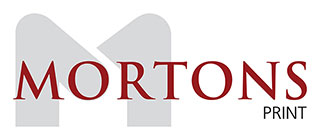 NEW research by Reach Solutions revealed that high-intensity content on news sites have no adverse impact on brands, concluding that consumers recognise that not all digital platforms are created equal when it comes to curation and regulation of content.
NEW research by Reach Solutions revealed that high-intensity content on news sites have no adverse impact on brands, concluding that consumers recognise that not all digital platforms are created equal when it comes to curation and regulation of content.
The study demonstrates that trusted news sites play a vital role in allowing the public to consume content on hard-hitting subjects in a safe environment, while also providing opportunities for brands to advertise alongside this high-intensity content without fear of negative feelings towards the content being transferred to their brands.
The authors of ‘In safe hands’ go on to argue that brand safety concerns started with social media and YouTube, and that’s where the problem still lies. However, restrictions blocking ‘unsafe’ content have been extended to the wider digital publishing world, even though there is no evidence that publisher content is unsafe for brands.
Commenting on the launch of the new study, Sarah Frost, insight manager at Reach Solutions said: “While online regulation is a rightful concern, advertising is equally effective when shown next to content that would normally be blocked as long as it is in a trusted news environment. This is a major eye-opener for marketeers and opens up huge swathes of digital inventory to advertisers.”
Andrew Tenzer, director of market insights and brand strategy added: “The evidence is irrefutable. Quality environments matter just as much, if not more so when it comes to brand safety. Content intensity does not have a negative impact on brand perception on trusted news sites.”
Newsworks’ insight director Denise Turner commented: “This new research from Reach reinforces the value to advertisers of the trusted news environment that news brands offer, across all types of content, including serious topics. Context is a subject close to our hearts, and this work is a welcome evolution and builds on our studies ‘Context matters’ and the ‘Hard news project’ .”
Last year, publishers also came together in support of the ‘Back don’t block’ campaign launched at the start of the pandemic, calling on advertisers to support journalism and stop using overzealous keyword blocklists.





